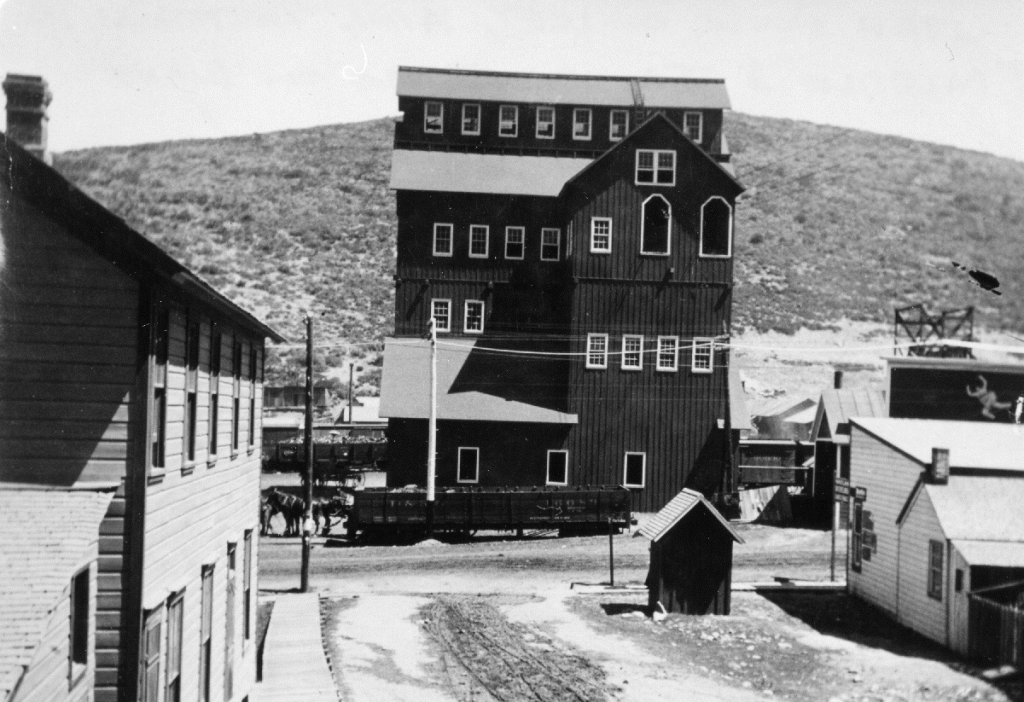Work on the Silver King Aerial Tramway began in August 1900. The construction was scheduled to be done in 90 days and employ 50 men. It was the wish of mine manager Thomas Kearns that Park City men be given preference when hiring began. “No outside mechanic was to be employed until after all available men in the Park were put on,” he declared.
Erection of the mine’s new sampler and tramway was under the general supervision of Silver King Mill Foreman John Breckenridge Fleming. The contract for the aerial tramway was awarded to the Mine and Smelter Supply Company of Salt Lake, and within a week, men were clearing the line of sage brush and other debris and Salt Lake City engineer C.P. Brooks was making surveys for the new tramway over Treasure Hill.
The widely and favorably known A. Leschen and Sons Rope Company of St. Louis furnished the material for the Finlayson Patent Aerial Wire Rope Tramway. William Archibald contracted with the mining company to furnish at least 100 cords (a cord is 8 tons) of rock for the project. The cost of building materials, not including 500,000 feet of lumber, was estimated at $17,000. The total cost of the complete improvement with labor was thought to reach $25,000.
Well known millwright James W. Stevens arrived on August 25 to superintend the construction of the Silver King sampler and loading station. Stevens and a force of 14 carpenters had 60 days to complete the carpentry work. The framework for the loading station at the Rio Grande Western depot was raised during the week of October 20. “Every hammer that can find space for working was thumping away to complete the work while good weather lasted,” the Park Record reported.

Credit: Park City Historical Society & Museum, Himes-Buck Digital Collection
Masonry foreman Neil Bonner oversaw the work of 40 masons at the sampler and loading station. Eight men were scattered along the course of the tram by mid-October busily excavating the tower foundations. Early November saw the tram work moving along rapidly. The 7,000 foot line of the tramway across the hills was lined with men laying foundations and erecting towers for the cable. On December 21, as a result of a shortage of lumber and bad weather, work on the aerial tramway was suspended until spring.
Twenty good men stretched the traction rope for the tram in just three hours on April 25, 1901. The work of stringing the two standing cables was completed on April 30 and the ropes were tensioned on May 1. On May 25 the last bucket was strung and on June 6 Foreman Fleming saw the first bucket loaded with ore go over the perfectly designed and built system. In a few months time, 50 highly organized and hardworking Park City miners, flawlessly led by men of exacting standards of excellence constructed the model plant of its kind in the world.
Please join us here again next week for an in-depth look at the life of John Breckenridge Fleming.